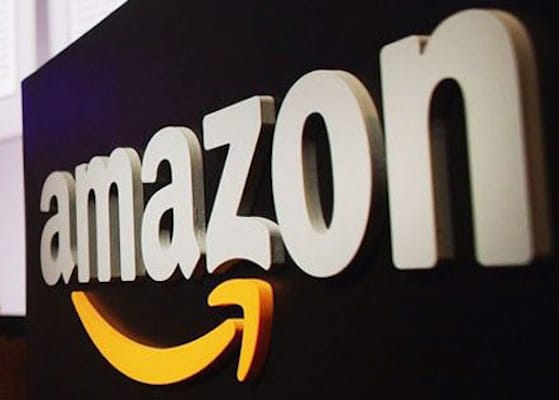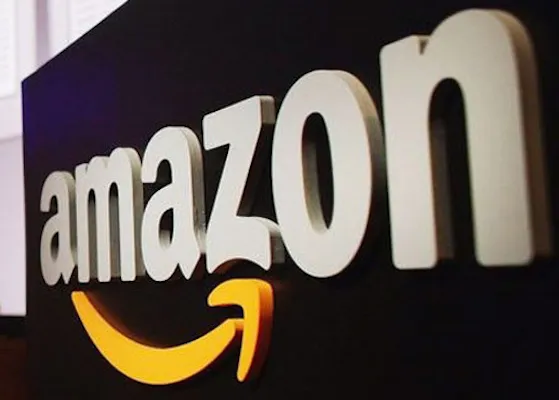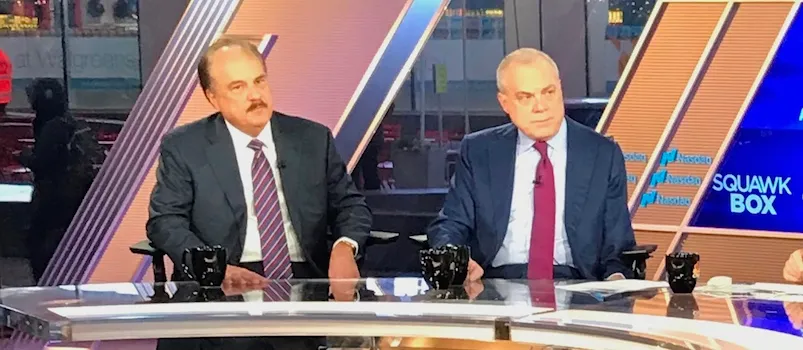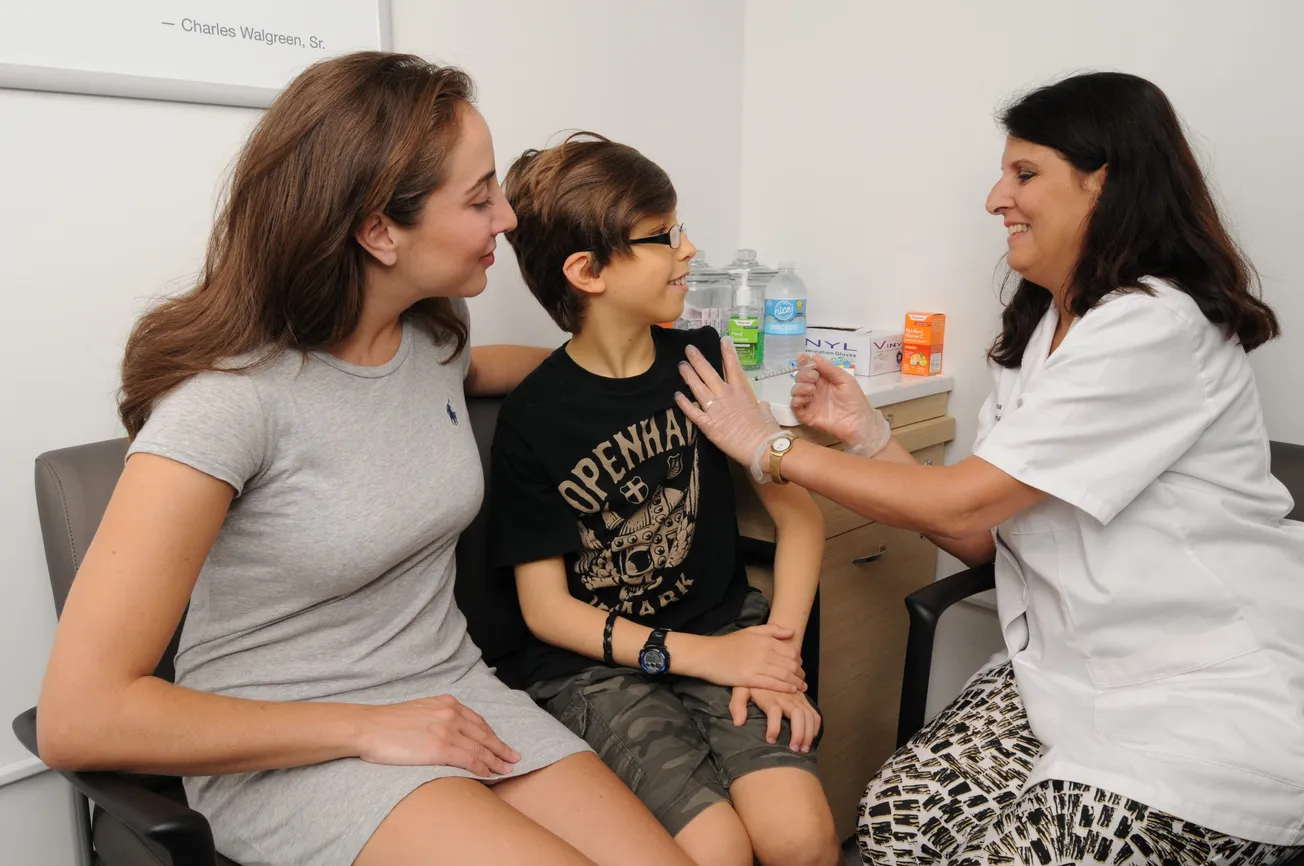NEW YORK — While rumors of Amazon’s entry into pharmacy continue to swirl, some analysts are questioning just how significant the move would be.
“Amazon’s U.S. Pharmacy Opportunity: Not Necessarily A Game Changer,” is the title of a report by Cowen.
For its part, Fung Global Retail & Technology said the online retailer’s pursuit of prescription drug sales “may not be as quick or straightforward as its entry into other sectors has been.” The observation came in a report with a question for a title: “Amazon and Pharmacy Retail: The Next Step on Amazon’s Journey to Becoming ‘the Everything Store?’ ”

Pembroke Consulting Inc. president Adam Fein called worries over Amazon’s threat to the pharmacy status quo “a massive overreaction.”
Fein added that a market entry by the e-tailer remains doubtful. “I would never underestimate Amazon,” he said. “But I remain somewhat skeptical of Amazon’s ability and desire to fundamentally alter the drug channel, [as] the incumbents will have many opportunities to defend their position, capture value from internet technologies and streamline distribution.”
Fung points out that Amazon would need to comply with stringent market regulations, which vary from state to state.
With federal rules adding another layer, “it may be some time before Amazon obtains nationwide regulatory approval, and if it hopes to take on industry giants such as CVS and Walgreens, it will need to compete nationally,” says the Fung report. “Also, those varying state regulations mean that Amazon would need to offer different pharmacy services based on location, as some states limit the services that pharmacists can offer.”
Aside from regulatory barriers, there are also market barriers, the report notes. “CVS and Walgreens have well-established brands, but Amazon customers would need to know that they could trust Amazon when it comes to buying prescription drugs. Many consumers who are familiar and comfortable with their neighborhood pharmacist may find that person more credible than Amazon.”
Another hurdle is that prescription drug sales tend to be low margin, but setting up operations requires a substantial investment to obtain licenses and establish storage facilities. Drug retailers, on average, see lower gross margins and EBITDA margins than do apparel, multiline and food retailers, and lower return on capital and return on assets than do apparel, food, hypermarket and supercenter retailers, says Fung.
The Cowen report says a pharmacy entry could be driven by a multiplatform approach with Amazon’s recently acquired Whole Foods and multiple Prime platforms, coupled with high demand and purchasing synergies with Prime subscribers. “But the market opportunity is not nearly as large as other retail verticals we have analyzed, like apparel, consumables, and food and beverage grocery,” noted John Blackledge, internet analyst at Cowen.
Still, Amazon Prime subscribers, in particular, offer a significant opportunity in prescription drug sales as well as synergy purchases in the areas of personal care, household goods and vitamins, according to Cowen‘s analysis. Its proprietary survey data indicate that 67% of Prime customers would buy prescription medications from Amazon, and 51% of all customers would be interested in getting prescription drugs via the e-commerce provider.
The report notes that avenues for market entry include acquisitions, with Rite Aid Corp. and Diplomat Pharmacy Inc. among potential targets.
A Rite Aid pickup “would be an interesting way for Amazon to jump-start [its] way into the pharmacy market,” said Charles Rhyee, health care distribution and technology analyst at Cowen. Rite Aid would provide necessary licenses, give Amazon “regulatory infrastructure” and the EnvisionRx PBM, provide access to retail network contracts for reimbursement, add scale with $13 billion in drug spending, and possibly come with sourcing options for generics, either through Walgreens or McKesson.







